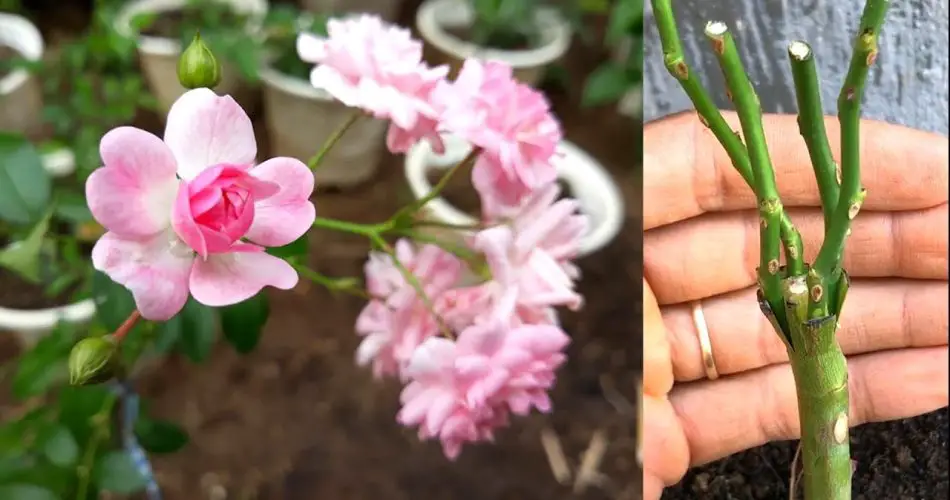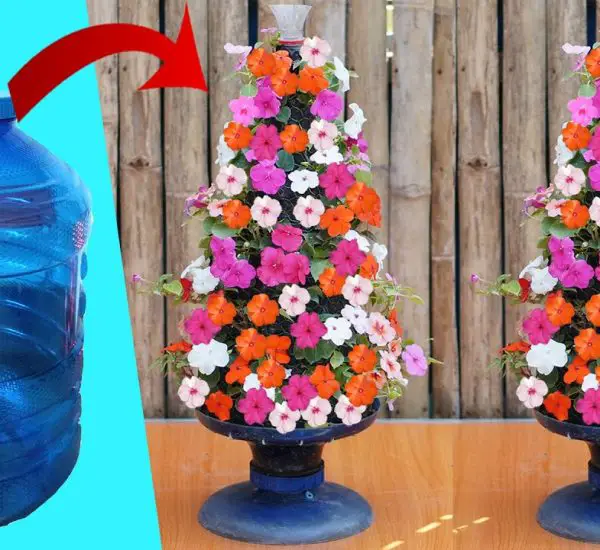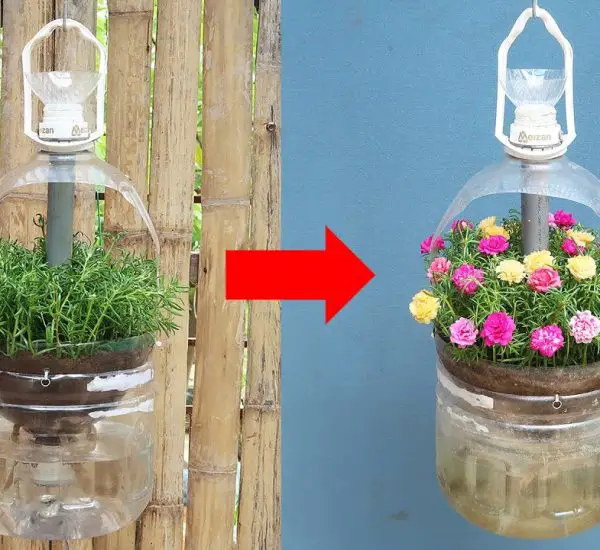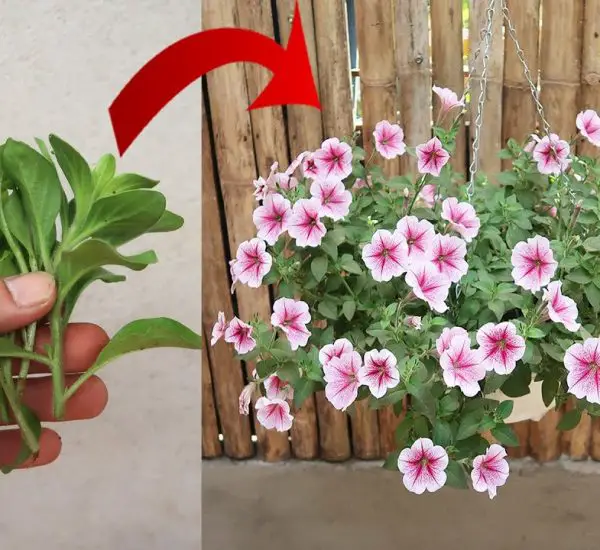Growing mini roses can be a delightful and rewarding experience for gardeners of all levels. These charming little blooms are perfect for pots, borders, or as indoor decorations. Here’s a step-by-step guide to help you cultivate beautiful mini roses in your garden or home!
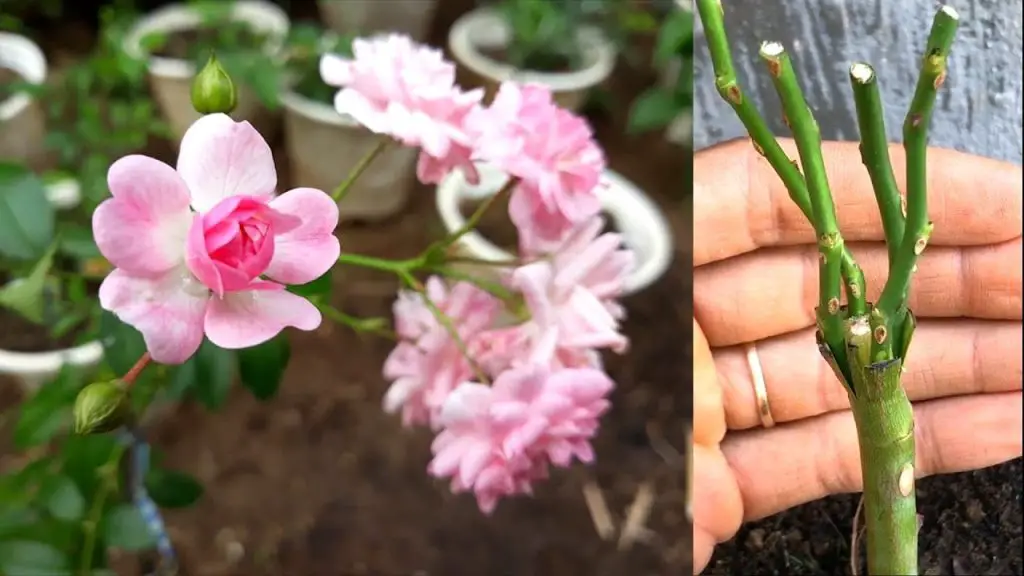
Why Choose Mini Roses?
- Compact Size: Ideal for small spaces, balconies, or even indoor environments.
- Continuous Blooms: They often produce flowers throughout the growing season, adding vibrant color to your space.
- Variety: Available in numerous colors and fragrances, making them versatile for any garden design.
Choosing the Right Mini Roses
- Varieties: Look for popular varieties such as ‘Baby Boomer’ or ‘Tiny Treasure,’ known for their resilience and beautiful blooms.
- Health: Select healthy plants with no signs of pests or disease. Check the leaves for discoloration or spots.
Planting Mini Roses
1. Location and Soil
- Sunlight: Mini roses thrive in full sun, requiring at least 6 hours of direct sunlight daily.
- Soil: Use well-draining soil with a pH of 6.0 to 6.8. A mix of potting soil and compost works well.
2. Planting Process
- Container: If planting in pots, choose containers with drainage holes. A pot size of 5 to 8 inches is ideal for mini roses.
- Planting Depth: Dig a hole deep enough to cover the root ball, ensuring the graft union is slightly above the soil line.
- Spacing: If planting in a garden bed, space mini roses about 12 to 18 inches apart to allow for air circulation.
Caring for Mini Roses
1. Watering
- Regular Watering: Keep the soil consistently moist but not waterlogged. Water at the base of the plant to avoid wetting the leaves.
- Frequency: Check the soil moisture regularly; typically, watering every 3 to 4 days is sufficient, depending on weather conditions.
2. Fertilizing
- Balanced Fertilizer: Use a balanced, slow-release fertilizer, applying it every 4 to 6 weeks during the growing season.
- Organic Options: Consider organic fertilizers like compost or fish emulsion for healthier growth.
3. Pruning
- Timing: Prune mini roses in early spring before new growth begins.
- Technique: Remove dead or diseased wood and shape the plant to encourage an open center for better air circulation.
Pest and Disease Management
- Common Pests: Watch for aphids, spider mites, and whiteflies. Treat infestations with insecticidal soap or neem oil.
- Diseases: Be alert for black spot or powdery mildew. Good air circulation and proper watering can help prevent these issues.
Winter Care
- Indoors: If growing indoors, place mini roses in a sunny window during winter. Reduce watering as the plant’s growth slows.
- Outdoors: In colder climates, mulch around the base of the plant and cover with burlap to protect from harsh weather.
Conclusion
Growing mini roses can bring joy and beauty to any space. With the right care, these charming plants will reward you with stunning blooms throughout the season. Follow these tips, and soon you’ll have a flourishing collection of mini roses to enjoy!
Copy
Show Comments
